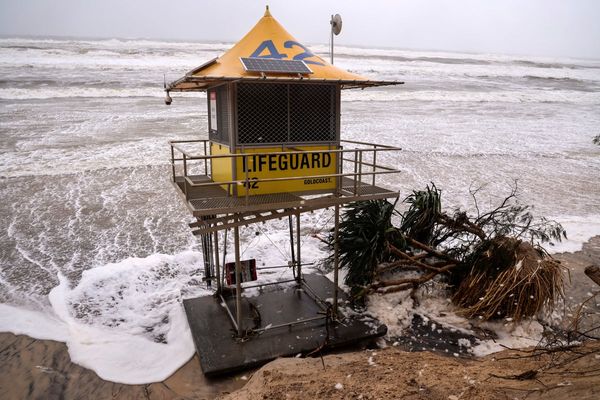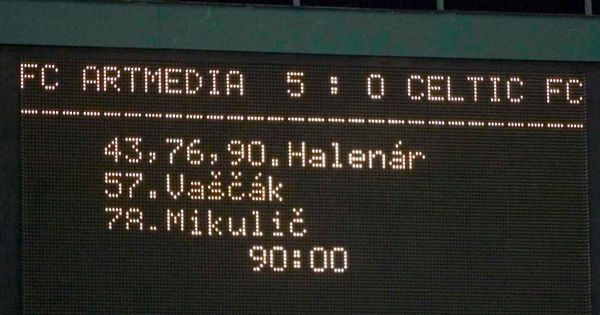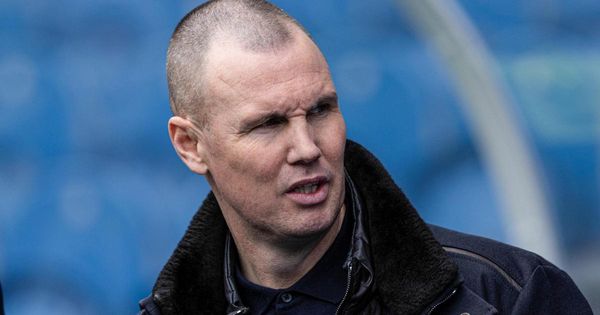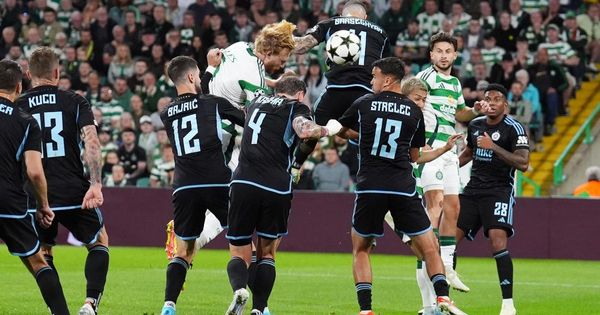THERE has been much discussion in recent seasons about whether Rangers’ players should form a guard of honour for Celtic after their fierce city rivals have clinched the Scottish title.
And it was a debate which raged long and hard on radio phone-ins and social media websites before the Ibrox club crossed the River Clyde to play a Premiership game at Parkhead following their league win three years ago.
For many traditionalists, failing to show respect towards the newly-crowned champions is nothing short of sacrilegious. For others, it is an optional gesture.
Neither of the Glasgow teams have followed the unwritten rule in modern times.
But Rangers had no qualms about standing at the side of the pitch and clapping and cheering Celtic as they emerged from the tunnel at their packed Govan ground before the Scottish Cup quarter-final back in the March of 1964.
Read more:
The reason for the act of sportsmanship by Scot Symon’s boys? Billy McNeill and his fellow players had just beaten Slovan Bratislava of Czechoslovakia 2-0 in the quarter-finals of the European Cup Winners’ Cup.
Jimmy McGrory’s men had not been expected to prevail in the double header against Leopold St’astny’s highly-fancied charges.
Celtic had, after losing 3-0 to Rangers in a Scottish Cup final replay at Hampden, finished the previous campaign trophyless and had gone six long years without lifting a major honour. Their opponents had just returned from a successful tour of South America.
But a side which contained John Fallon, Tommy Gemmell, John Clark, McNeill, Bobby Murdoch, Jimmy Johnstone, Stevie Chalmers, and John Hughes – who were all in the squad when they beat Inter Milan in Lisbon three years later to become the first British club to claim the European Cup – won the first leg 1-0 at home.

The rematch in Tehelne pole a week later was a closely contested affair which was only settled five minutes from the end of regulation time when Hughes beat Anton Moravcik, ran half the length of the park, evaded a tackle by Jan Popluhar and slotted beyond advancing goalkeeper Viliam Schrojf.
They were the fourth British team to play in Bratislava – Rangers, Scotland and Spurs had all done so before them – but the first to triumph.
Chalmers, who would net the winning goal for the Lisbon Lions against Inter in 1967, claimed the match ball when the final whistle blew and was only allowed to keep it after bargaining with the match officials in the dressing room afterwards.
It was just the second season that Celtic had been involved in continental competition – but they were through to the semi-finals and their disbelieving fans were ecstatic.
Their then chairman Bob Kelly anticipated the players would be mobbed by jubilant supporters when they touched down at the airport and issued a statement.
“Stay away from Renfrew,” he said. “The party will drive straight to Parkhead. If you want to welcome them home go there. The lights will be switched on and the players will come out for all to see.”
That was perhaps a response to the frightening scenes which took place when Rangers returned from their summer tour of Russia two years earlier – more than 15,000 people flooded onto the runways to laud the players who had beaten Lokomotiv Moscow and Dynamo Tbilisi and drawn with Dynamo Kyiv and the plane had to circle until they were cleared.
Celtic were far from the first Scottish club to progress as far in Europe. Hibernian, Rangers and Dundee had reached the semi-final of the European Cup in 1956, 1960 and 1963 respectively. Rangers, too, had got all the way to the final of the European Cup Winners’ Cup final in 1961.
Read more:
But the Rangers players, Billy Ritchie, Bobby Shearer, Davie Provan, John Greig, Ronnie McKinnon, Jim Baxter, Willie Henderson, Ian McMillan, Jim Forrest, Ralph Brand and Davy Wilson, showed their appreciation of what their greatest foes had achieved three days later when they applauded them on the Ibrox turf in front of a crowd of 84,724.
In the Evening Times the following day, Gair Henderson wrote: “A wonderful gesture by Rangers. Instead of coming dashing onto the field in the usual manner and heading for the nearest goal they walked out slowly, lined up in a Scots Guard row and cheered the Celtic team onto the field.

The hard-fought win over Slovan, though, had taken its toll. Clark had picked up a leg injury which had ruled him out of the cup tie and John Divers and Ian Young were both nursing knocks. Murdoch was forced to switch to right half, Frank Brogan came in at outside right and Johnstone moved in one.
Rangers recorded a 2-0 win thanks to a Forrest header just before half-time and a second half Henderson strike which he considered to be among the best of his stellar career – the winger picked up the ball 40 yards out, raced upfield and rifled an unstoppable left foot shot beyond Fallon from the edge of the penalty box.
Could John Lawrence, the wealthy Glasgow housebuilder who had become chairman of his boyhood heroes the year before, have been behind the Rangers players clapping and cheering Celtic onto the pitch in front of a full house before an Old Firm game? It is very possible.
When Jock Stein’s side returned to Glasgow after winning the European Cup in 1967, they were greeted by an official welcome party as they descended the plane steps to the tarmac. Lawrence was one of those waiting to offer his warmest congratulations.










